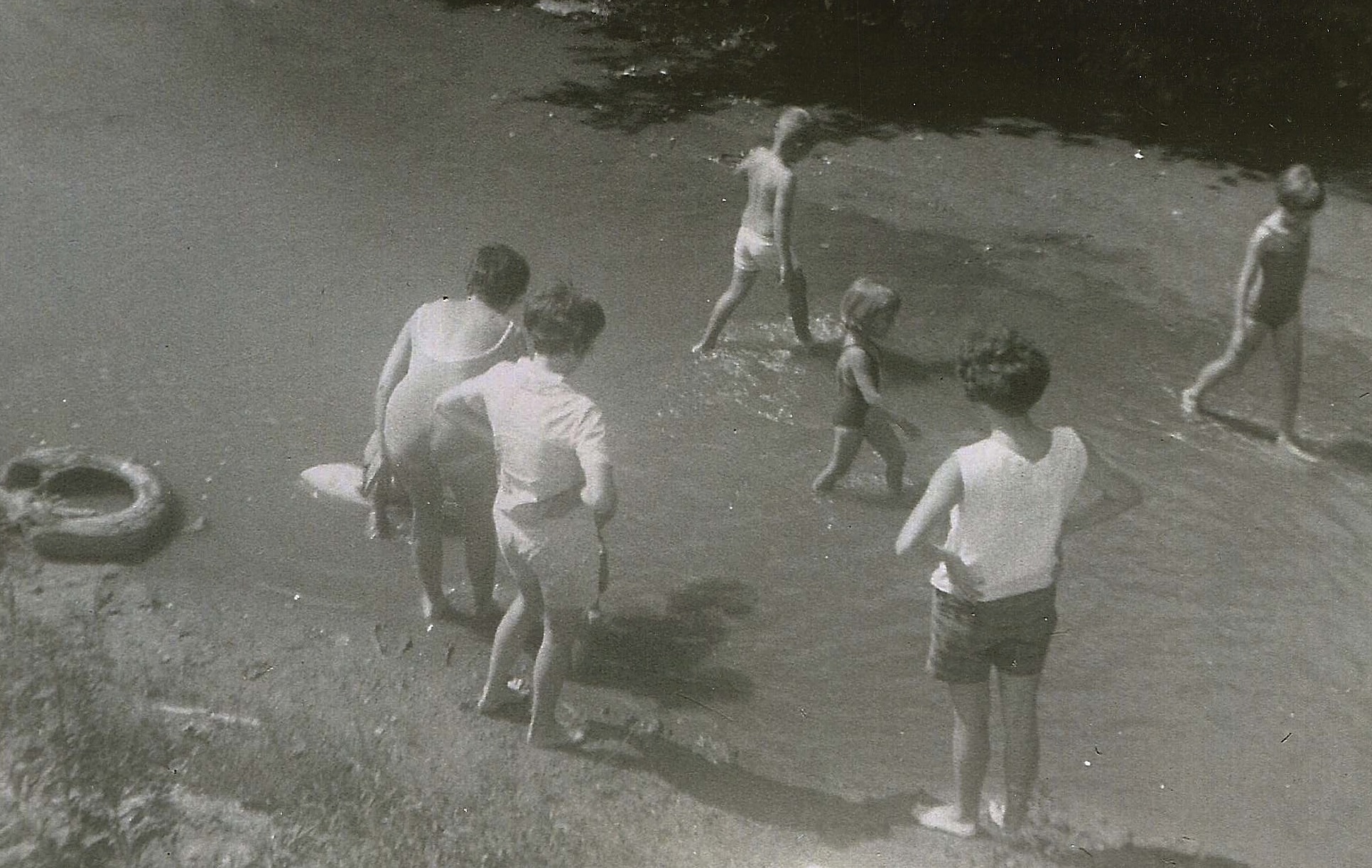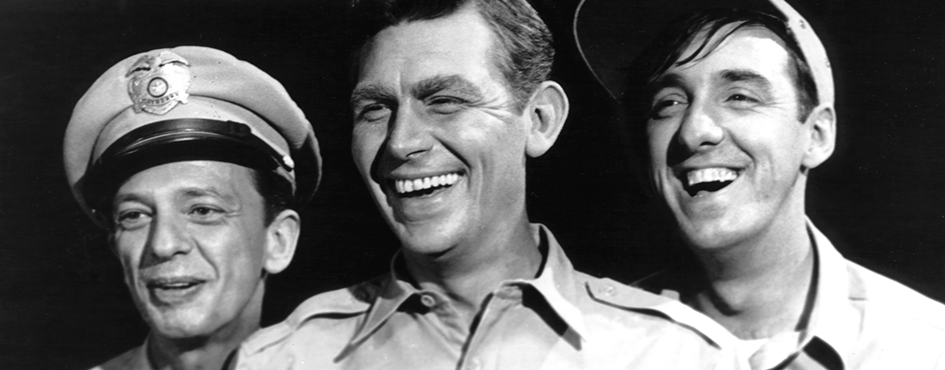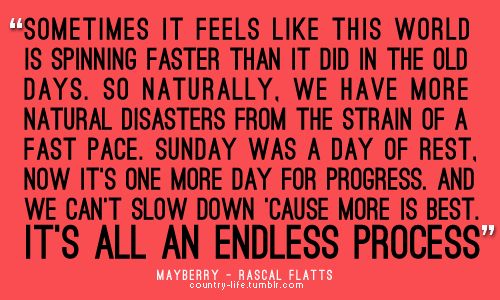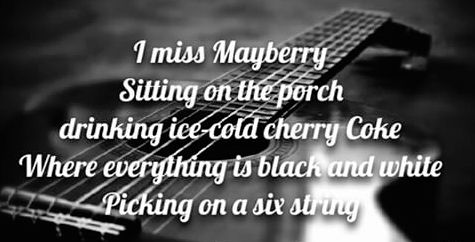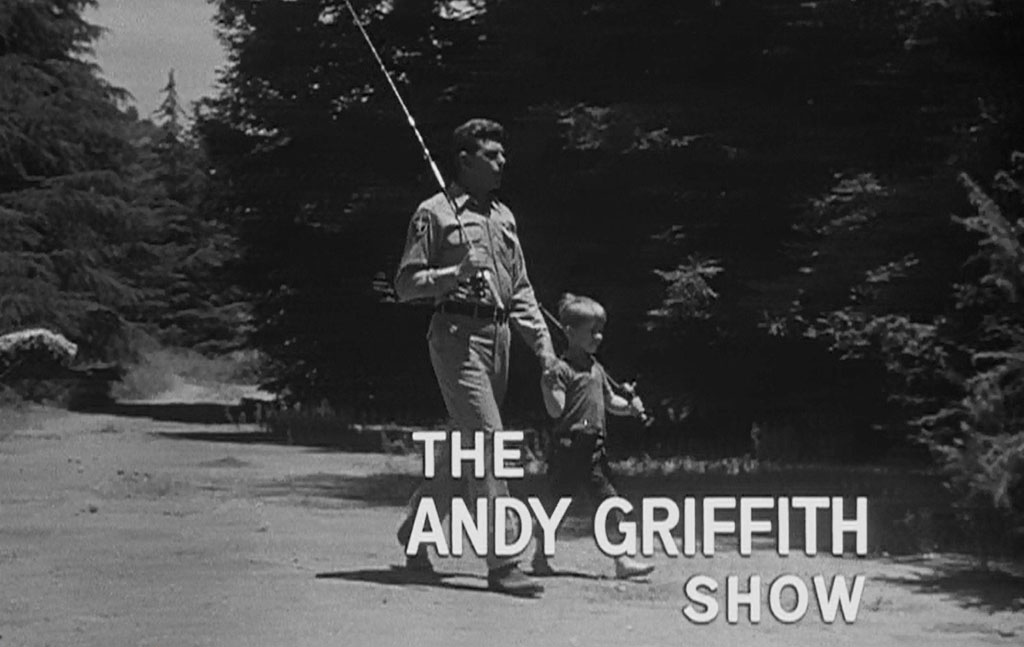The Old Paths: Cousin Calculating
**This was originally published in November 2009 in my newspaper column “The Old Paths” in The Stokes News. Due to a website change several years ago, the publishing company broke all links to our old articles which were archived online. This was a tragic mistake and resulted in the loss of thousands of newspaper articles. Little by little, I am putting my old columns on this blog so that they can be preserved. Each column may be updated to reflect present times when transferred to this blog.**
A character in one of my favorite juvenile fiction books, Aunt Min from Goneaway Lake, made a poignant observation about cousins: “If cousins are the right kind, they’re best of all: kinder than sisters and brothers, and closer than friends.” I couldn’t agree more.
When you grow up in Stokes County, NC, or perhaps any county for that matter, if you stay in that area until several generations have built up, you end up with a passel of cousins. I know I did. Papa Jack and Granny Smith (Jack and Irene “Reny” Richardson Smith) had seven children who in turn produced 17 grandchildren, of whom I was one.

Pa and Grandma Bray (Dal and Irene Moore Bray) only had four children, so the cousins were fewer, but I was still one of nine. Needless to say, I spent most of my growing up years entwined in a closely-woven network of cousins.

And the fun we had! Back then we didn’t stay inside much at all—no Gameboys or computer games to play and no videotapes or DVDs to watch. Green Acres wasn’t the place to be—outside was. Cousins went to the creek to catch minnows, helped Grandpa get up taters in the field, constructed houses in the woods with leaf boughs for roofs, rode ‘baccer stick horses (tobacco sticks, FYI) in Grandma’s yard and rode bikes down long dirt roads.

Up at Granny Smith’s, cousin-time was sports time. We got up touch football games in the front yard on Piney Mountain Road or walked up to Great-uncle Elwood Richardson’s or Great-aunt Lola Brown’s driveway to shoot basketball. When the weather was rainy or too cold (I don’t know—was it EVER too cold for kids to play outside?!), we huddled up in the living room and played cards. “Uno” and “Skip-Bo” probably weren’t even invented yet, but gin rummy and speed never lost their charm for us cousins.

Down at Grandma Bray’s, we were a little more primitive. We stayed in the woods or in the fields. We liked to torment each other, yet we would’ve died for each other. My cousins Tana and Mark Bray were four years older than me, so I was often the brunt of many jokes. Once they put me up in the old cherry tree out past the chicken houses and left me. I couldn’t have been more than four or five and sat there crying while they ran off laughing. Strange that I’m not mentally scarred to this day and even stranger that I love them both with a love so intense it almost aches.
One hot summer evening while Grandma and the aunts were up at the barn stringing ‘baccer, Tana decided to play a practical joke on them. She smeared ketchup all over my little six-year-old body and carried me in her arms up to the barn, screaming that I’d been hurt. The aunts came running, and Grandma nearly panicked. Tana’s been grown a long time now, but throughout her life, the aunts—some now gone on to Heaven—reminded her sternly of how she nearly gave them heart attacks. I’ll bet you and your cousins perpetrated some of the same shenanigans.


Now I realize that these children of my parents’ brothers and sisters are my first cousins. But after that, how to calculate cousin relationships gets cloudy. When my cousin Wes Harger had his first child Adam, I assumed Adam was my second cousin. Then when I birthed my first child Meghann, I figured she and Adam were third cousins.
Mama taught me in good Southern fashion that people of the same generation would be odd-numbered cousins—first, third, fifth and so on. (Yes, out in the country, we do keep up with cousins through about eighth cousins. For example, on my son Elijah’s travel baseball team one year, his teammates included his third cousin Josh Bray, his sixth cousin Nick Hundley, and his seventh cousins Keenan Denny and Josh Harless.)
I always called my cousin Colon Moore my third cousin, since his dad Bill and my dad Tom are first cousins. Recently Colon corrected me, saying that he and I are second cousins. Well, I had it figured that Bill and I are second cousins. But Colon assures me Bill is my first cousin once removed.
Now I’ve heard that term once or twice removed all my life but never knew quite what it meant. Still, I argued with my THIRD cousin Colon that he was wrong. We became so embroiled in the debate that wherever we were, we would ask random people to tell us who was wrong or right. At the King Chamber of Commerce Banquet one night years ago, we went all out. King City Councilwoman Terri Fowler agreed with me and even gave Colon the vertical index finger, horizontal thumb loser sign. Stokes County School Board Vice-Chair Yvonne Rutledge took Colon’s side.
I figured the battle would be over if I simply went to Stokes County Commissioner Stanley Smith to get the lowdown. He makes the most of both the old paths and the new—I mean, we’re talking about a man who lost his cell phone charger recently and found it in his combine. He claims to know 80 percent of the people in the county and the middle names of 65 percent of them.
Well, Commissioner Smith settled it for me. He very vocally took my side, much to the chagrin of Colon. I assumed it was over, but when I got home, I found that the premier genealogy sites on the Internet agree with Colon. Second cousin (gulp) Colon, I concede the battle to you. (But if I find evidence to support my theory, the battle is on once more!)

Howe’er it works, I still say cousins are treasures. It saddens me tremendously that families are smaller these days. If parents produce the typical two children who in turn produce two children apiece, the total of four cousins is a far cry from our 17 Smith cousins. And if one of the two children moves to Kansas City for a better job and the other one relocates to be near his wife’s family in Boston, the grandparents are left in Quaker Gap, which means the cousins probably have a holiday-based, barely-know-each-other relationship. It’s simply another old path that is being lost in these modern times.
When I think on things for which I’m thankful, I must confess that my cousins are one of the blessings of my life. I can lay aside cherry tree trauma, smeared ketchup and cousin-calculation disagreements. Instead I will be thankful for our summers catching lightning bugs, our autumns jumping in leaf piles, our winters sledding in the pasture, and our springs playing baseball under the stately old oaks. Shared DNA, shared memories, shared old paths that I will never forget.











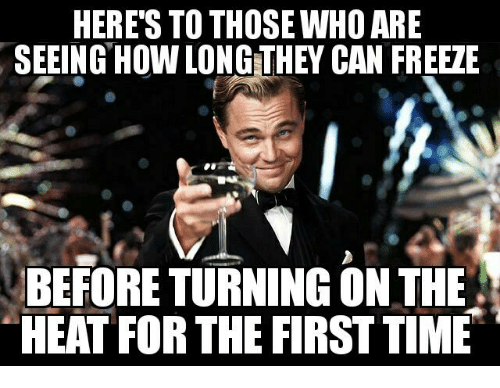 Sometimes you feel as lonely as a salmon in Belews Lake. You think you’re the only one who feels the way you do. You wonder if perhaps you are an oddball—a square peg trying to fit into a round-holed world.
Sometimes you feel as lonely as a salmon in Belews Lake. You think you’re the only one who feels the way you do. You wonder if perhaps you are an oddball—a square peg trying to fit into a round-holed world.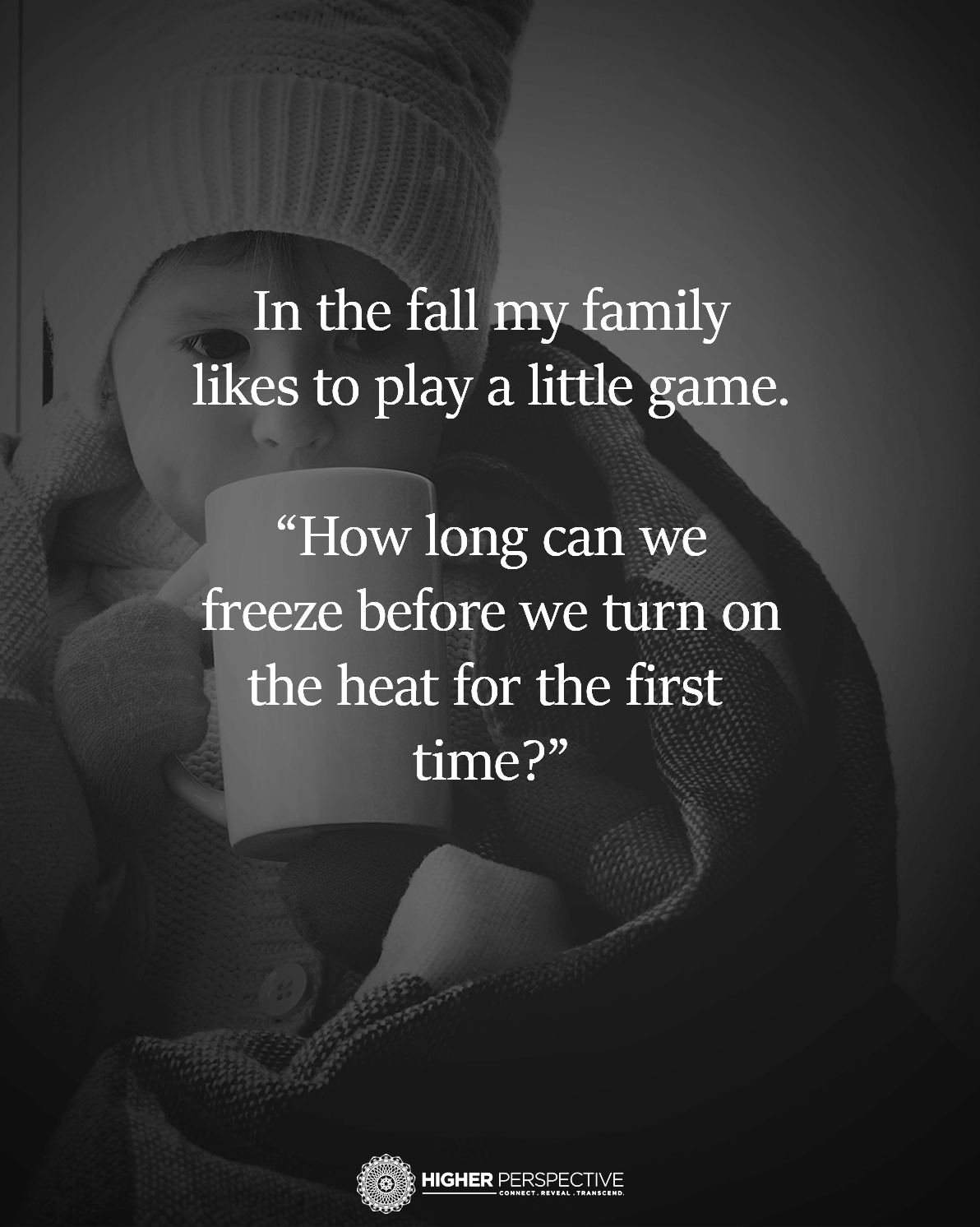

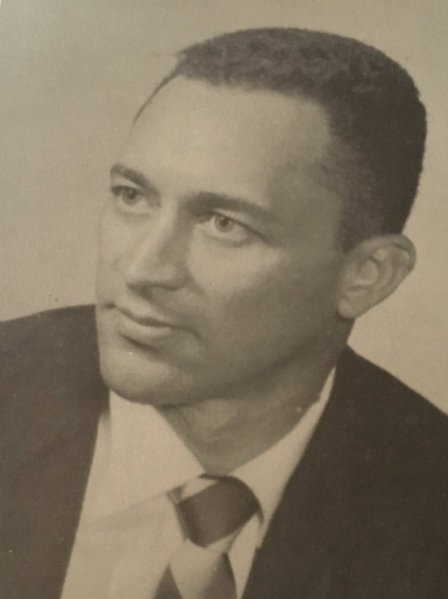
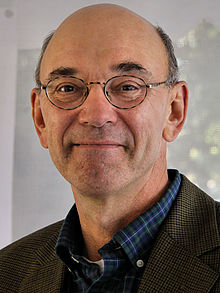
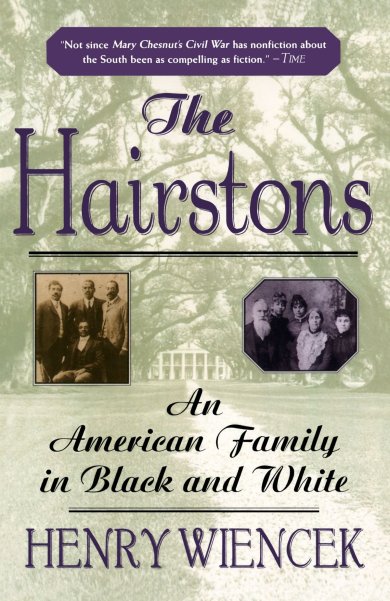
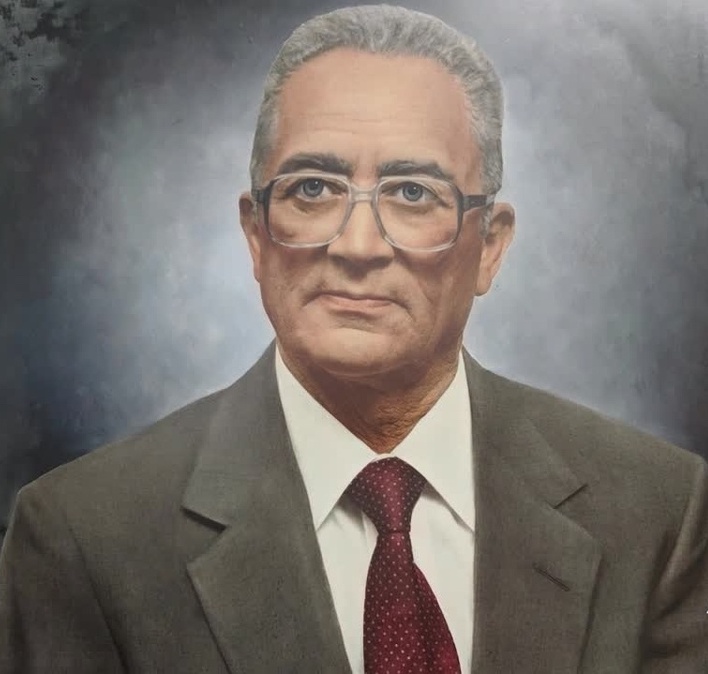
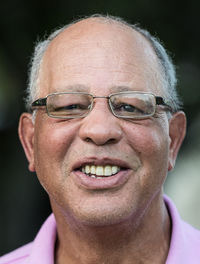
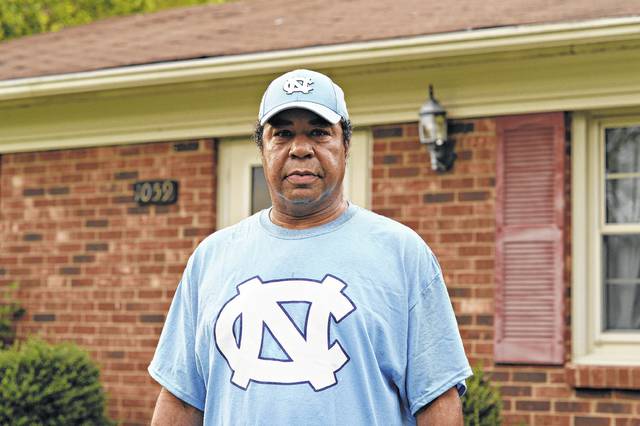
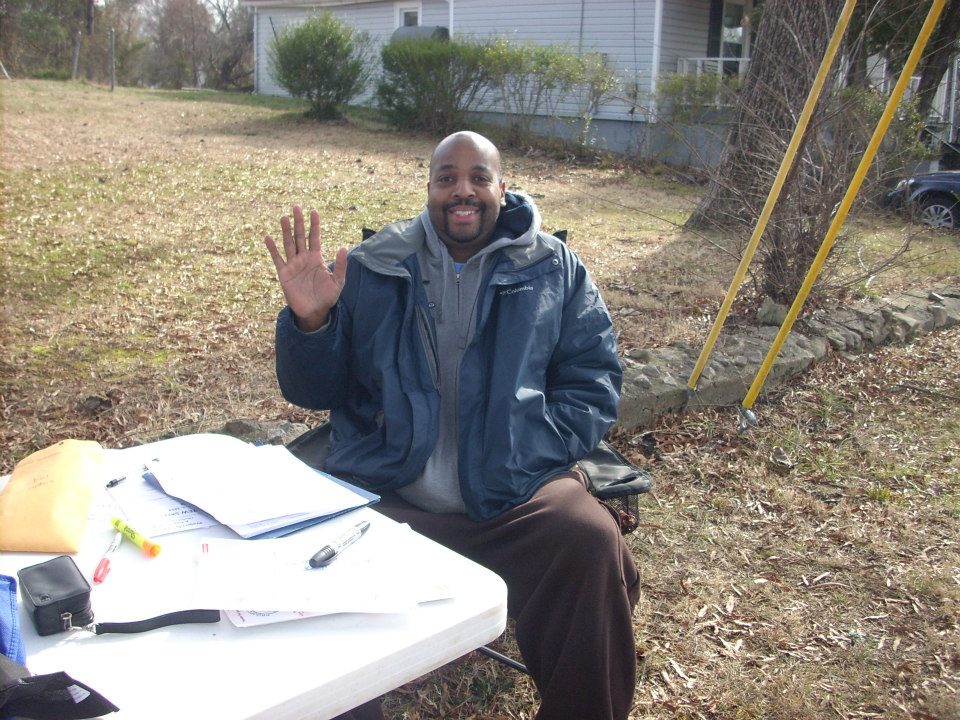
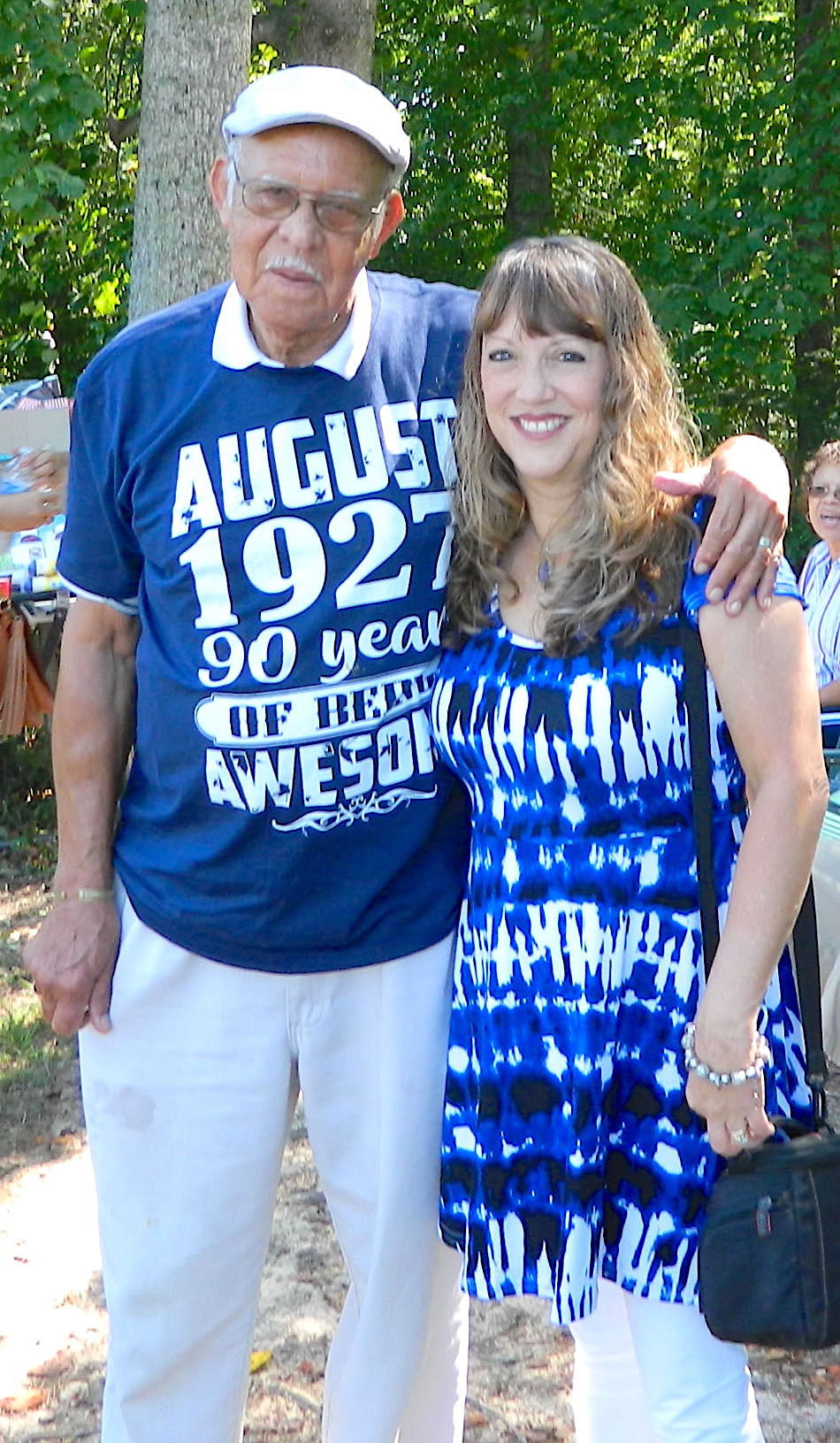
 Although it is obvious from my columns that I am a Christian, I try to stay away from too much discussion of religion in my writings for secular publications. I was advised to do so years ago when I was editor of The Stokes News, and I obeyed…..with only the occasional mention of “the Good Book” or “the Man upstairs” (couched in those generic terms to spare me any scolding from the higher-ups). I typically write about family, our Southern dialects, county events, nature.
Although it is obvious from my columns that I am a Christian, I try to stay away from too much discussion of religion in my writings for secular publications. I was advised to do so years ago when I was editor of The Stokes News, and I obeyed…..with only the occasional mention of “the Good Book” or “the Man upstairs” (couched in those generic terms to spare me any scolding from the higher-ups). I typically write about family, our Southern dialects, county events, nature.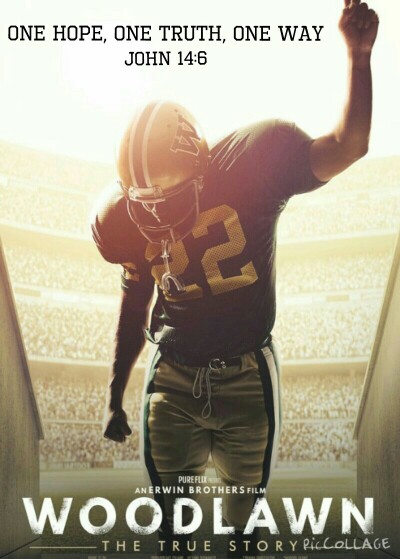
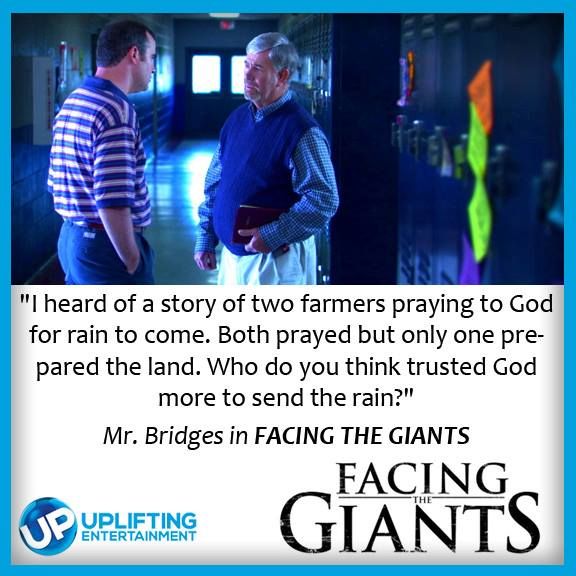
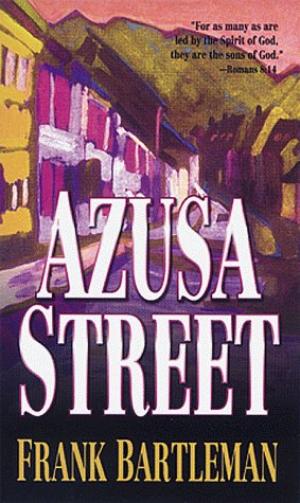
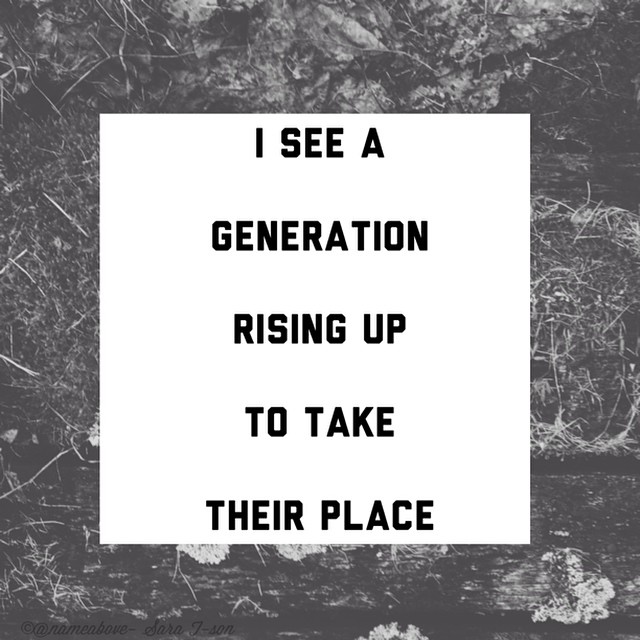

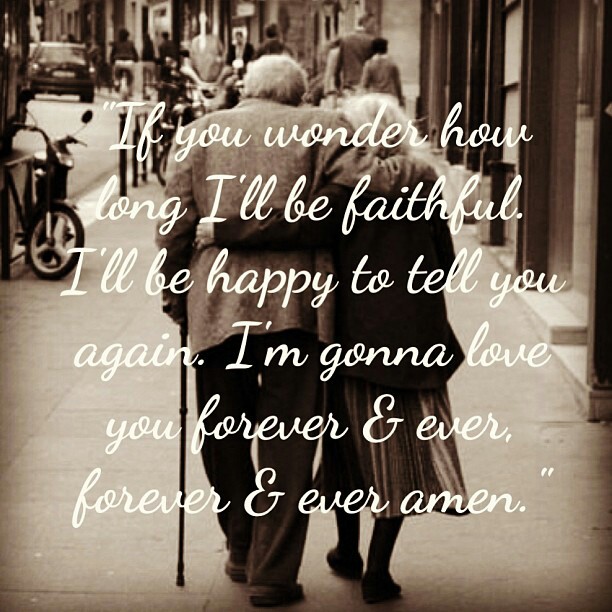
 I knew a couple in Mt. Airy who were blissfully married for well over 50 years when the husband died. The wife, usually a stoic woman, fell apart, wondering aloud how she was going to live without him because they had been so close. Yet two of their three children ended up divorced. This proves yet again that growing up with happily-married parents does not ensure marital bliss for someone, and vice-versa.
I knew a couple in Mt. Airy who were blissfully married for well over 50 years when the husband died. The wife, usually a stoic woman, fell apart, wondering aloud how she was going to live without him because they had been so close. Yet two of their three children ended up divorced. This proves yet again that growing up with happily-married parents does not ensure marital bliss for someone, and vice-versa. happy.
happy.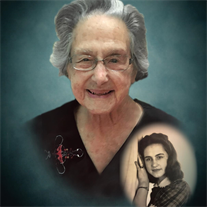
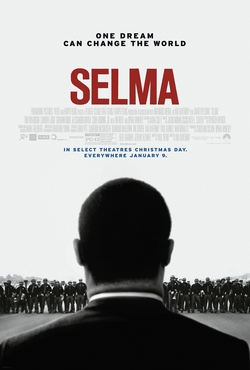 Although my busy schedule doesn’t often allow moviegoing, I am a sucker for a cheap matinee. On rare occasions, I’ll choose to see the same movie again, but it has to be a doozy. I set a personal record with Facing the Giants and Pride and Prejudice—six times apiece in the theater. But normally I wait for the DVD.
Although my busy schedule doesn’t often allow moviegoing, I am a sucker for a cheap matinee. On rare occasions, I’ll choose to see the same movie again, but it has to be a doozy. I set a personal record with Facing the Giants and Pride and Prejudice—six times apiece in the theater. But normally I wait for the DVD.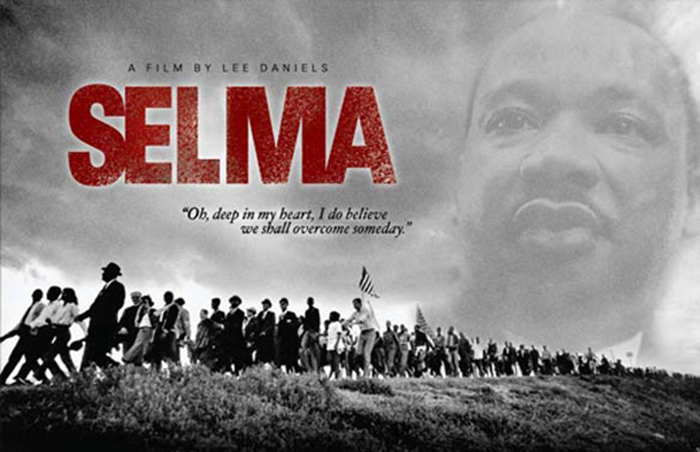
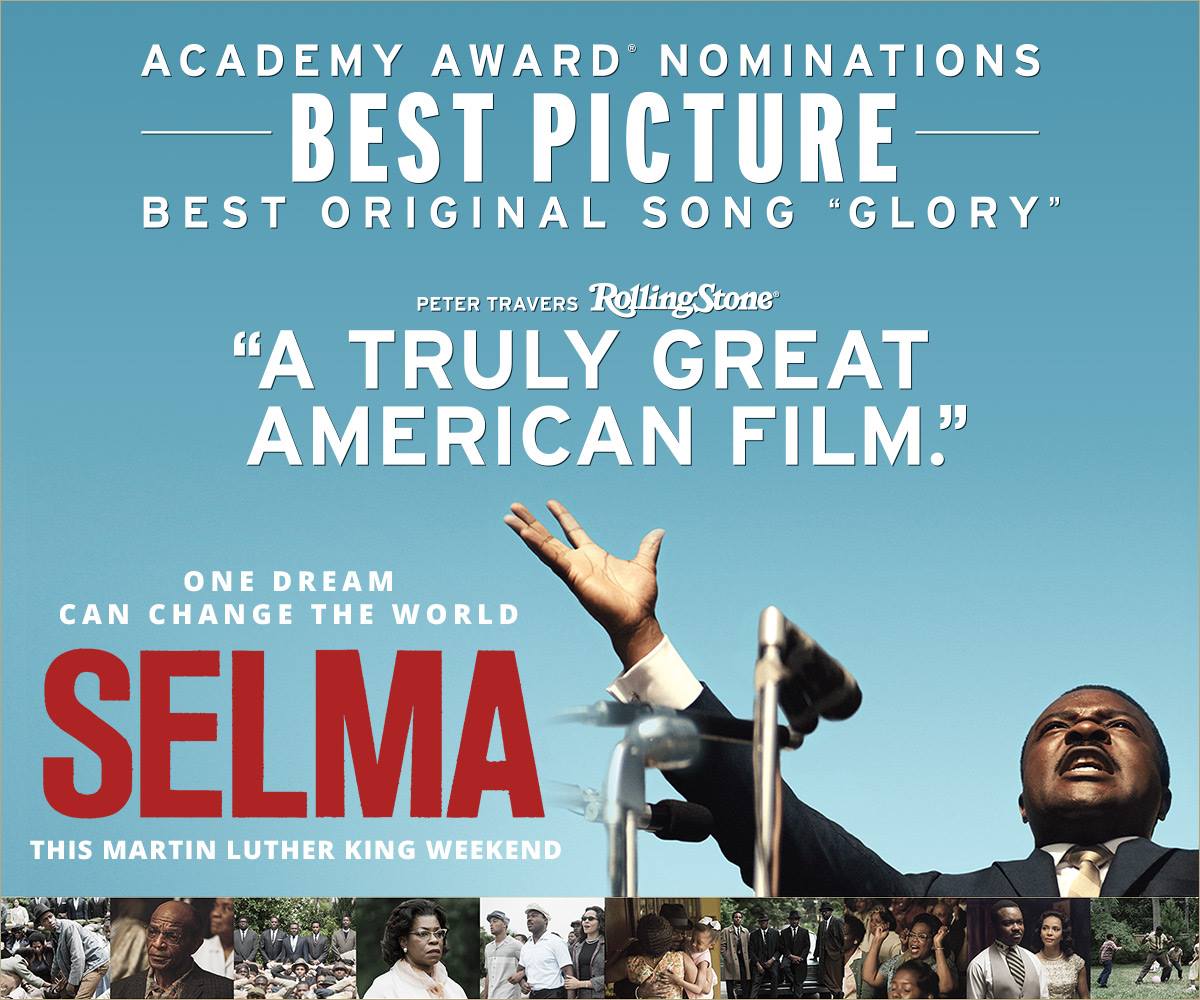

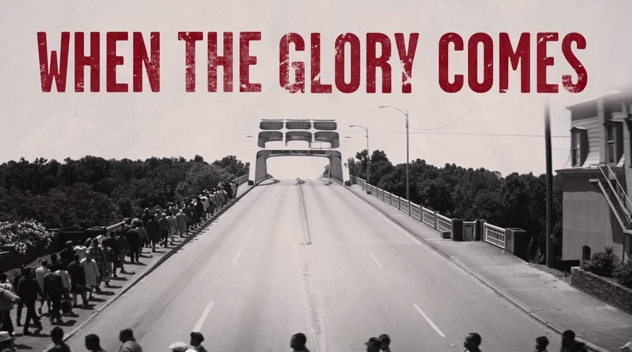
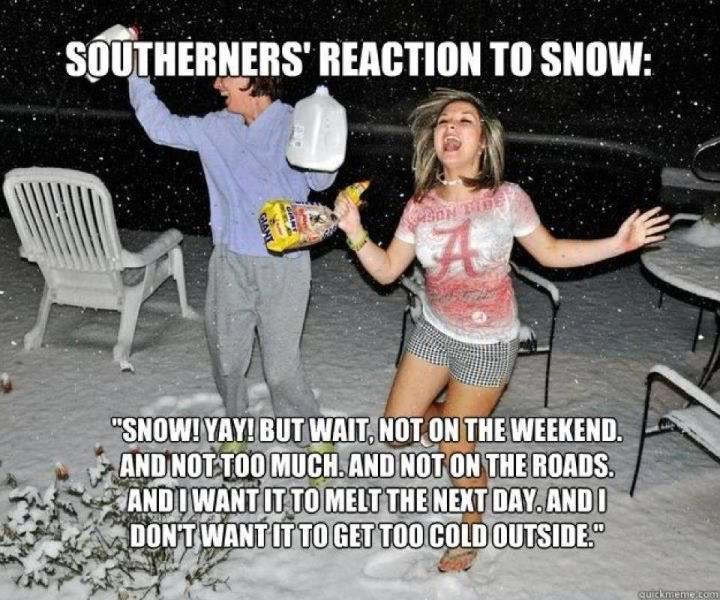 It’s snowing in Pinnacle. Those were magic words when I attended South Stokes High School. Even now I get a childlike, anticipatory feeling when I think about that phrase. Funny how some things become so etched in your psyche that years later they can still unconsciously elicit a certain response from you—like passing through the Mall and smelling a particular cologne which makes you suddenly remember your 11th grade summer romance and the boy who wore that scent. Or hearing a certain song on the radio that transports you back to junior high days when that song was in vogue.
It’s snowing in Pinnacle. Those were magic words when I attended South Stokes High School. Even now I get a childlike, anticipatory feeling when I think about that phrase. Funny how some things become so etched in your psyche that years later they can still unconsciously elicit a certain response from you—like passing through the Mall and smelling a particular cologne which makes you suddenly remember your 11th grade summer romance and the boy who wore that scent. Or hearing a certain song on the radio that transports you back to junior high days when that song was in vogue. Sometimes people started the “snow in Pinnacle” rumor just to be funny, which wasn’t funny at all. Don’t mess with a bunch of bored high school students who have just completed two glorious weeks of Christmas vacation at home—sleeping late, watching TV and snacking on holiday goodies. Don’t tell them it’s snowing in Pinnacle unless you know for sure that winter weather is definitely in the area. You know what happened to the boy who cried wolf.
Sometimes people started the “snow in Pinnacle” rumor just to be funny, which wasn’t funny at all. Don’t mess with a bunch of bored high school students who have just completed two glorious weeks of Christmas vacation at home—sleeping late, watching TV and snacking on holiday goodies. Don’t tell them it’s snowing in Pinnacle unless you know for sure that winter weather is definitely in the area. You know what happened to the boy who cried wolf.
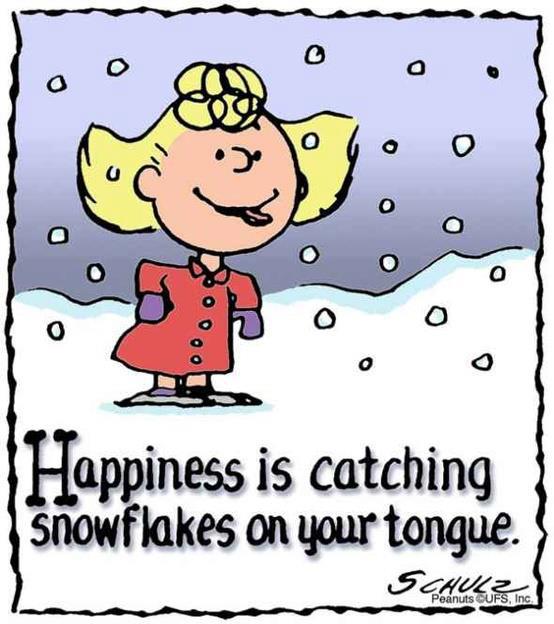




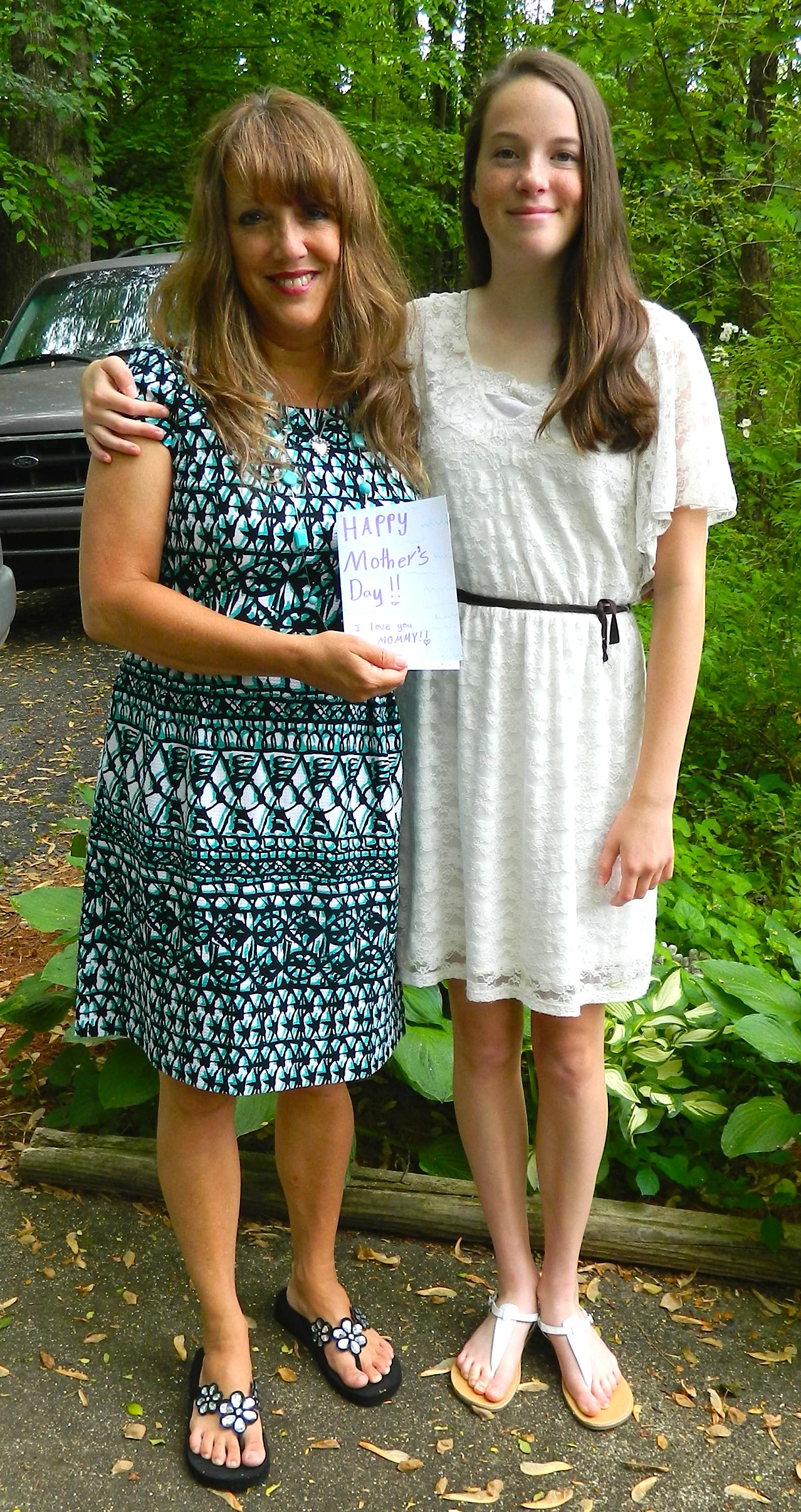
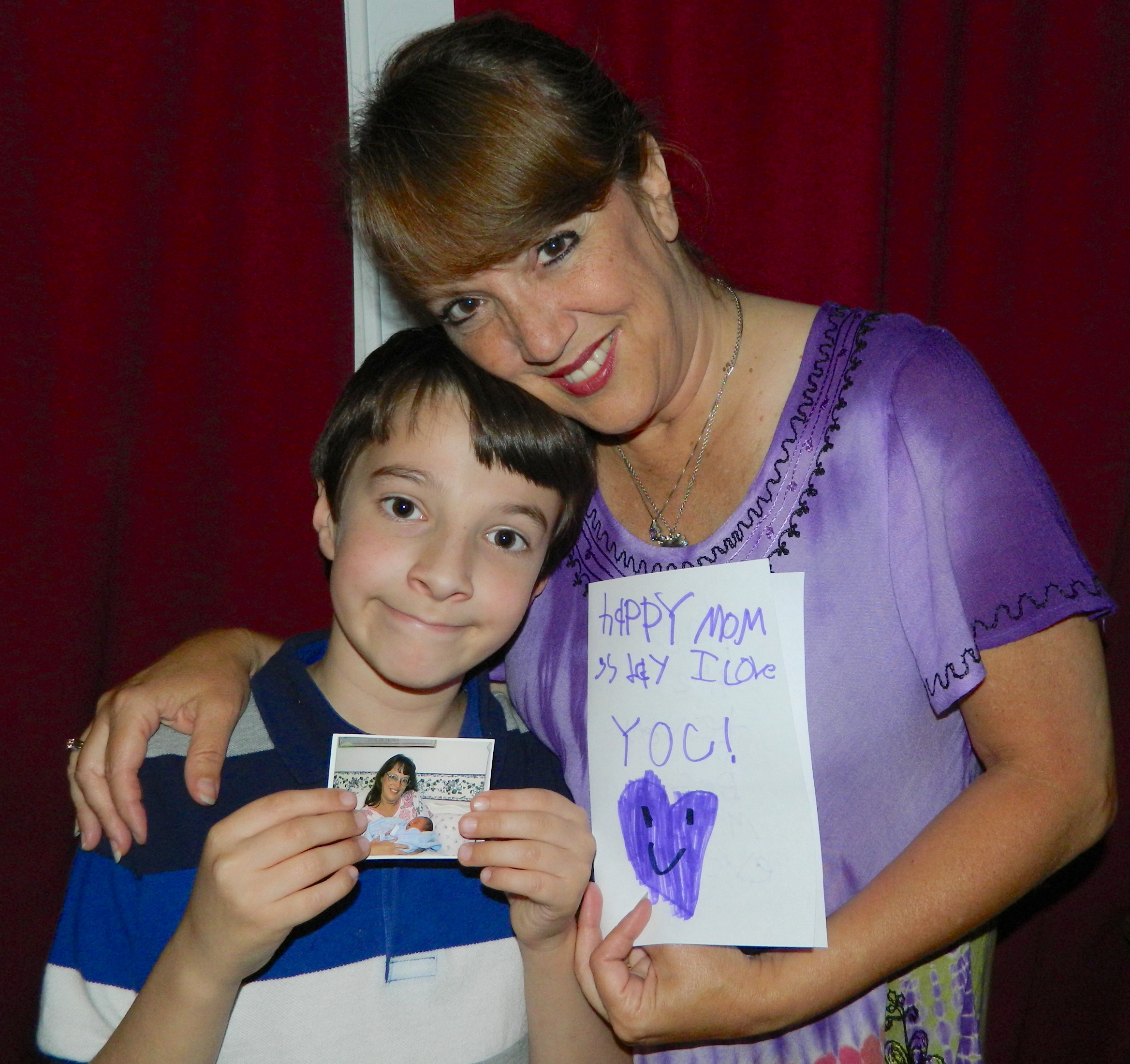
 Summer always puts me in a nostalgic mood. (Yes, I know—I’m ALWAYS in a nostalgic mood but even moreso in summer.) I think it’s the fact that summer takes me back to the old paths of my childhood when days were longer, lazier and brighter somehow.
Summer always puts me in a nostalgic mood. (Yes, I know—I’m ALWAYS in a nostalgic mood but even moreso in summer.) I think it’s the fact that summer takes me back to the old paths of my childhood when days were longer, lazier and brighter somehow.